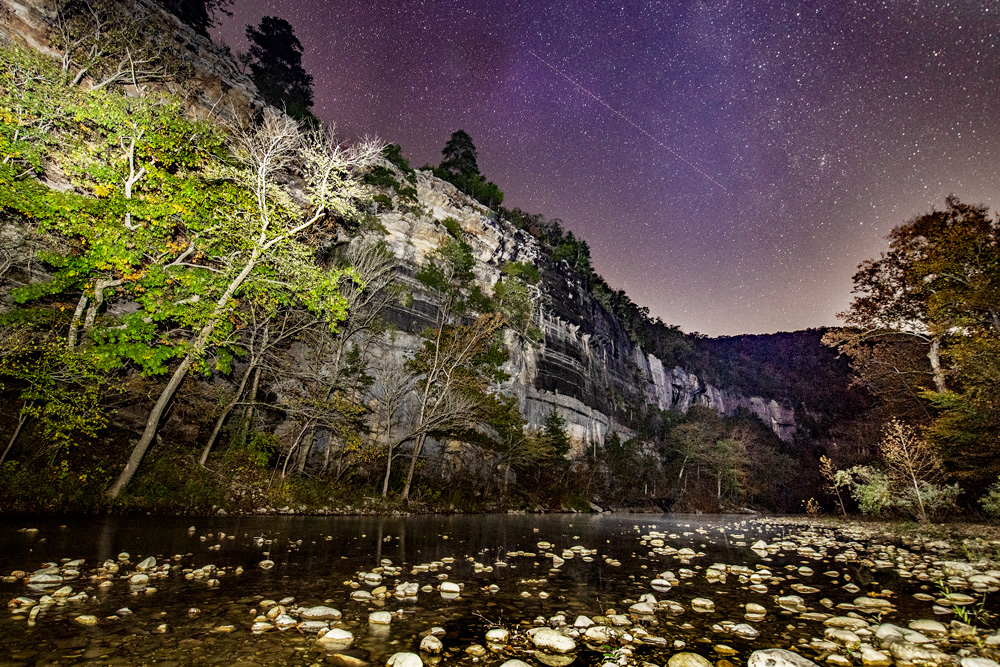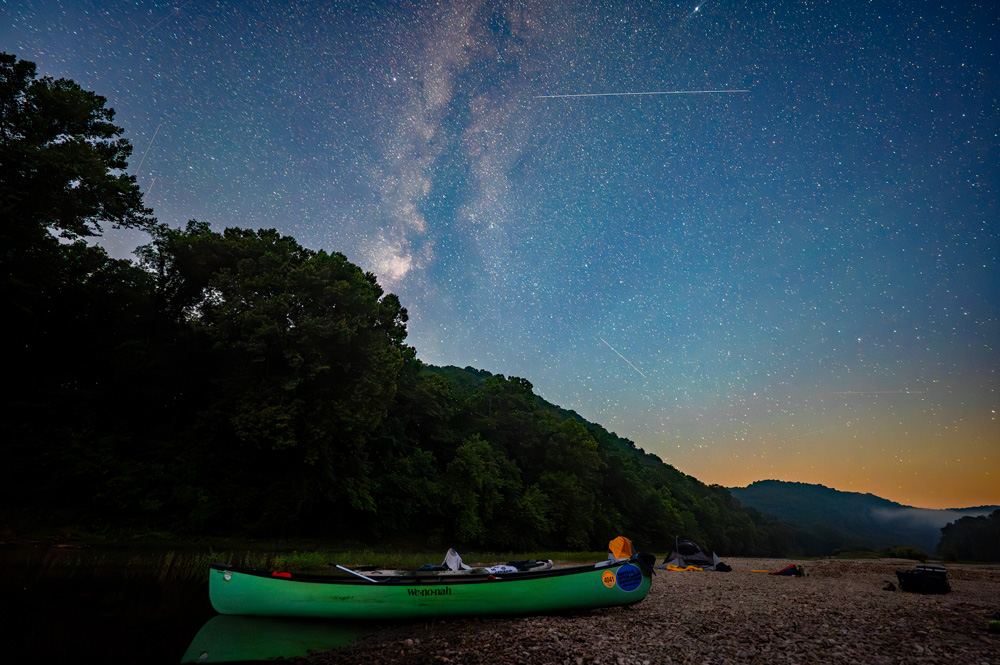As the Fourth of July approaches, the National Park Service is urging visitors to Buffalo National River to celebrate responsibly by leaving the fireworks at home.
Fireworks are strictly prohibited within the boundaries of the national river, as well as on all National Park Service (NPS) lands nationwide. This regulation helps protect public safety, prevent wildfires, and preserve the quiet, natural beauty that draws more than a million visitors to the park each year.
“Buffalo National River is a place of peace and natural wonder,” said Superintendent Angela Boyers. “We ask everyone to help us preserve that by leaving fireworks at home.”
The reminder comes as park visitation typically increases over the Independence Day holiday. The risk of human-caused wildfires also rises, particularly in dry summer conditions. Even when conditions seem safe, fireworks pose significant risks—including starting fires in grassy areas, disturbing wildlife, and endangering fellow visitors.
Park rangers will be patrolling the river corridor and campgrounds throughout the holiday weekend. Visitors caught using or possessing fireworks may be subject to citations, fines, or other enforcement actions.

Fireworks have long been banned under federal regulations on NPS lands, regardless of season or weather. Instead of lighting up the sky themselves, visitors are encouraged to enjoy professional fireworks shows hosted by nearby communities such as Jasper, Marshall, and Yellville.
For those planning a holiday trip to the park, officials recommend calling ahead for the latest updates. Visitors can contact the Tyler Bend Visitor Center at (870) 439-2502 or the Buffalo Point Ranger Station at (870) 449-4311.
Buffalo National River, established in 1972 as America’s first national river, offers more than 135 miles of free-flowing waters, towering bluffs, hiking trails, and opportunities for camping, paddling, and wildlife viewing. Keeping it safe and scenic for future generations starts with a few simple choices—like leaving the fireworks at home.
For more information, visit nps.gov/buff.
All photos for this article were provided by the Arkansas Department of Parks, Heritage and Tourism (ADPHT).
This article was originally published on ArkansasOutside.com, your trusted source for outdoor news and updates in The Natural State. Unless otherwise credited, all photos included in this piece are the property of Arkansas Outside, LLC. We take pride in sharing the beauty and adventures of Arkansas through our lens—thank you for supporting our work!






